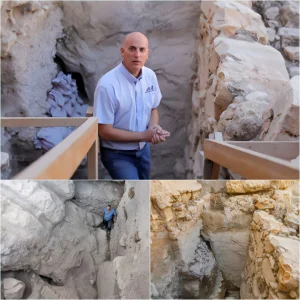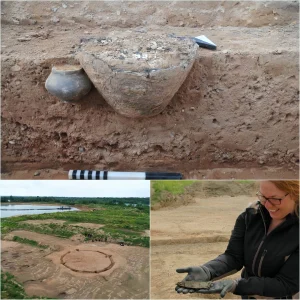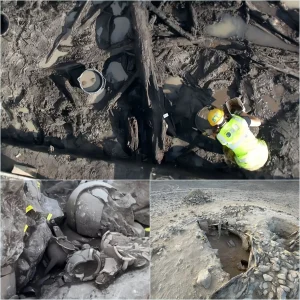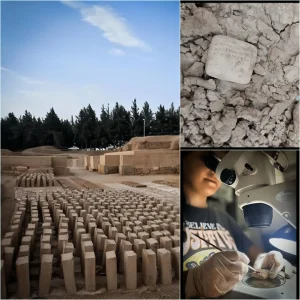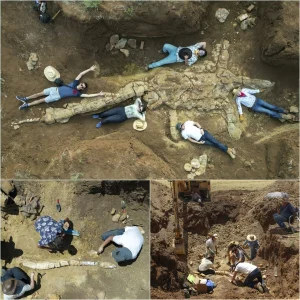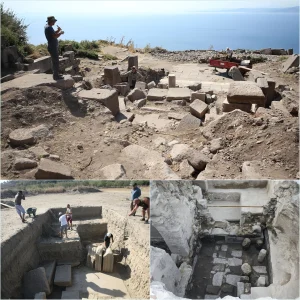An analysis of genomes extracted from a 4,500-year-old collective tomb near Troyes, France, at Bréviandes-les-Pointes, has provided fascinating insights into the genetic history and legacy of ancient migrations that continue to shape present-day Europeans.
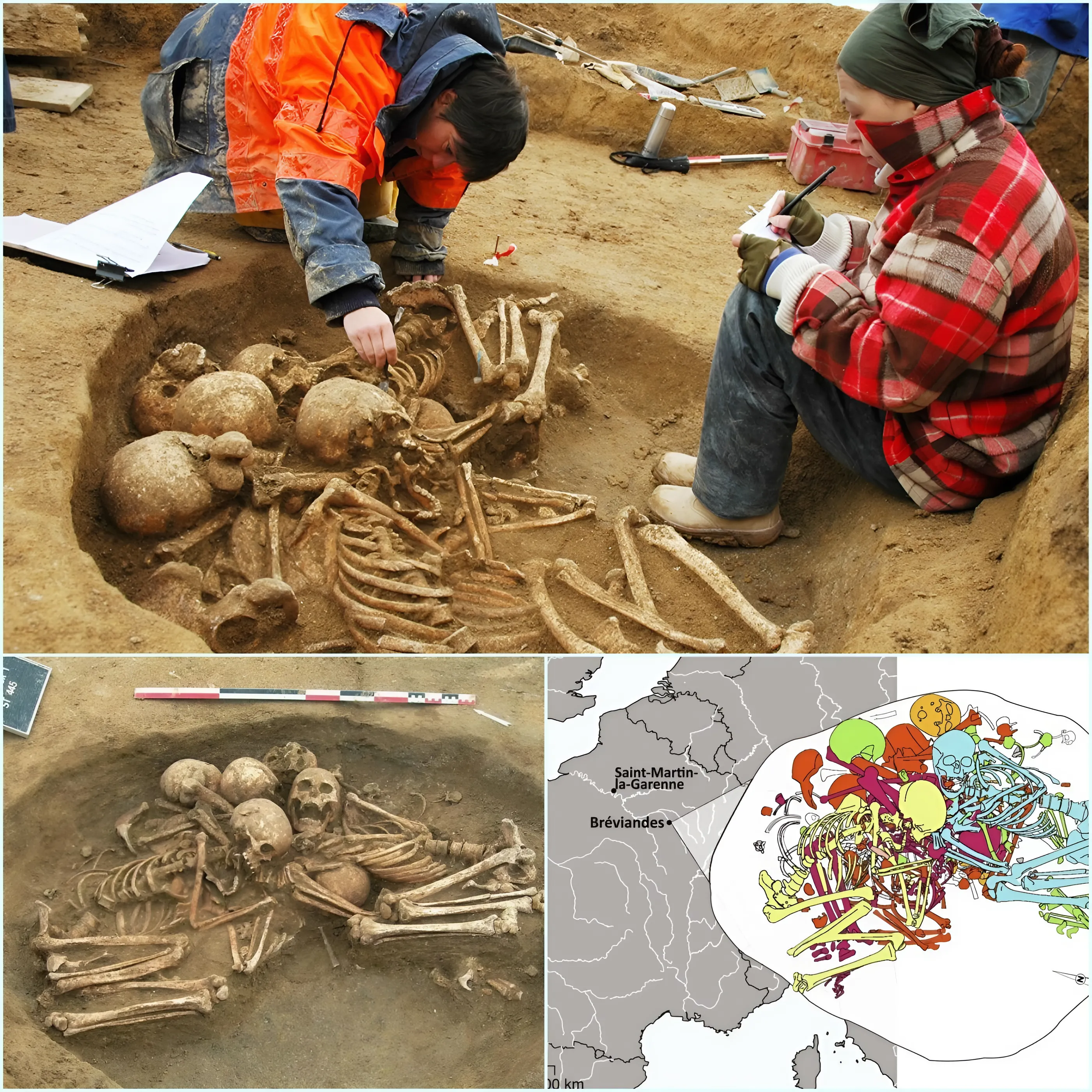
The human genome, which encapsulates all genetic information carried by our DNA, serves as a historical record of our ancestors’ movements and interactions. Modern European genomes have evolved over more than 40,000 years through successive waves of migration and interbreeding events. Initially, Europe was inhabited by hunter-gatherer populations until approximately 8,000 years ago, when Neolithic farmers originating from Anatolia and the Aegean region introduced agriculture and domesticated animals. These early farmers intermingled with local hunter-gatherer groups, significantly influencing the genetic landscape of Europe.
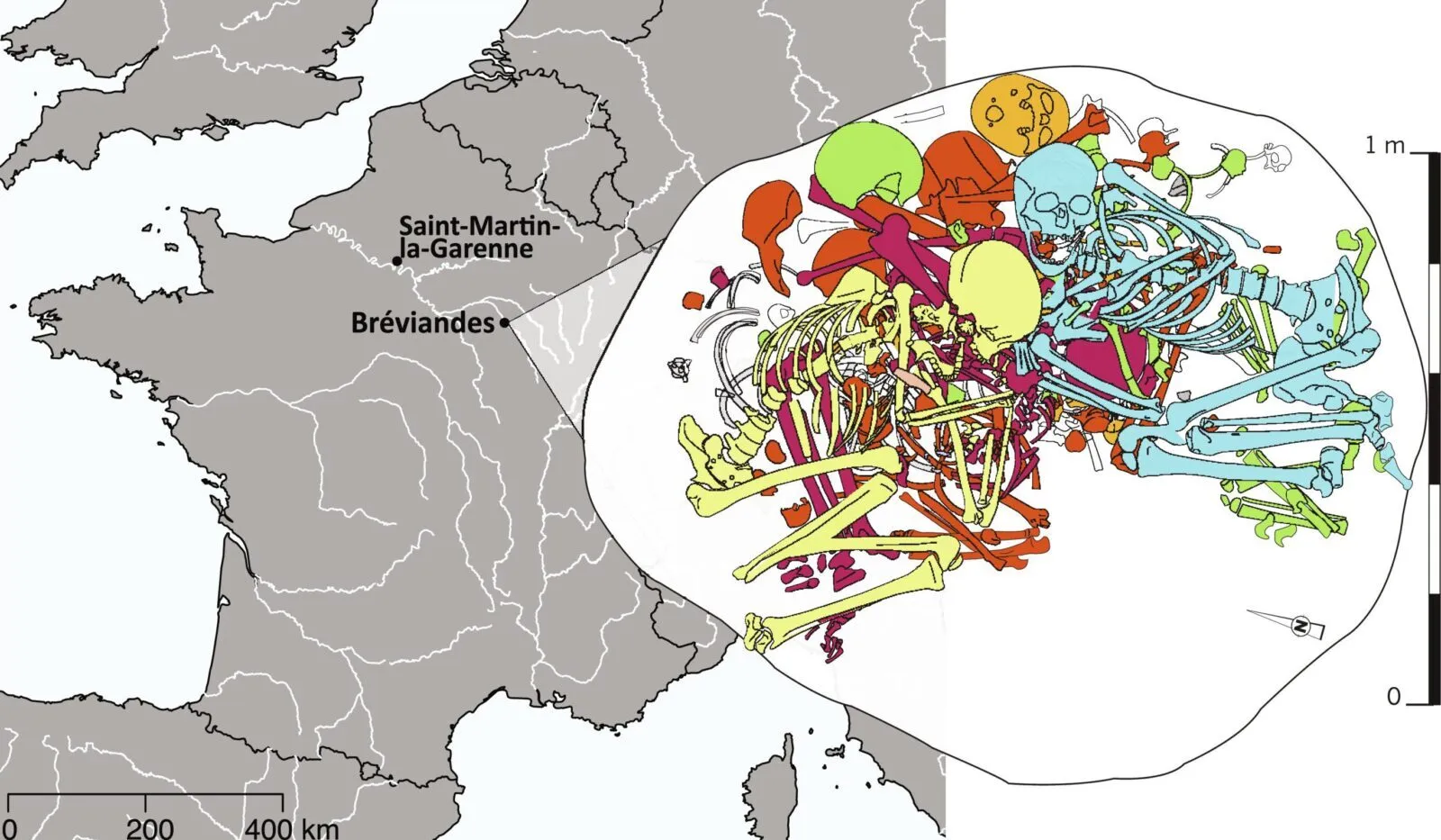
Around 5,000 to 4,000 years ago, a pivotal genetic shift occurred with the arrival of nomadic populations from the Pontic-Caspian steppes, located north of the Black Sea. These steppe nomads migrated westward into Europe, where they intermixed with existing Neolithic populations, contributing a distinct genetic component to the European gene pool. This complex history of migrations and genetic mixing is evident in the genomes of contemporary Europeans today.
The study, conducted by researchers at the Institut Jacques Monod, faced unique challenges in sequencing ancient DNA due to the fragmented and sparse nature of genetic material over millennia. Despite these challenges, the team optimized their methods to obtain reliable genetic data. Their analysis focused on seven individuals from the Bréviandes tomb, complemented by anthropological studies of bone morphology conducted by experts from Inrap.
The tomb yielded a diverse array of remains, including a woman over 60 years old, her son, an adult male aged 20-39, her grandson aged 4-8, the grandson’s mother aged 20-39, a young woman aged 20-39, a newborn associated with the young woman, and a child aged 6-10. These individuals provide a glimpse into a community whose genetic makeup reflects the intricate tapestry of ancient migrations and cultural exchanges that have shaped Europe’s genetic diversity over millennia.
